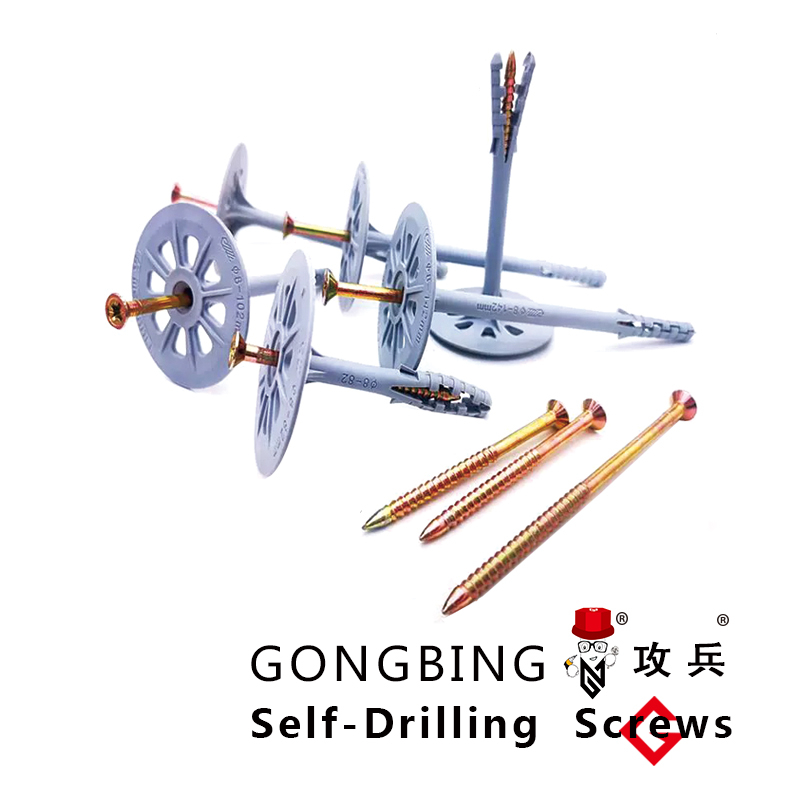L-Type Foundation Bolts for Secure and Durable Structural Connections
Understanding Foundation Bolt L Type Importance, Design, and Applications
When it comes to construction and structural engineering, the foundation of a building is one of the most crucial elements. Integral to this foundation are components such as foundation bolts, which play a vital role in ensuring the stability and longevity of structures. Among the various types of foundation bolts, the L-type foundation bolt is particularly noteworthy due to its unique design and functionality.
What Are Foundation Bolts?
Foundation bolts are heavy-duty fasteners anchored into concrete foundations, specifically designed to secure structural elements such as columns, railings, and machinery. These bolts are essential for maintaining structural integrity, especially in areas that experience severe weather conditions or seismic activity. The intention is to provide a secure connection that can withstand various types of forces, including tension, shear, and bending.
The Design of L-Type Foundation Bolts
The L-type foundation bolt is so named due to its L-shaped configuration. This design consists of a long vertical stem and a short horizontal arm, which together create a robust anchoring mechanism. The vertical portion, or the stem, is typically embedded into the concrete foundation, while the horizontal arm projects out. This layout provides a larger surface area for load distribution, enhancing the bolt's capability to resist pull-out forces.
The L-type foundation bolt is often made from high-strength steel, which ensures durability and resistance to corrosion, especially when exposed to outdoor elements. Additionally, they can be plated or coated with protective materials to further bolster their longevity.
Advantages of L-Type Foundation Bolts
1. Improved Load Distribution The L shape of the bolt allows it to distribute loads more uniformly. This helps in minimizing the risk of stress concentrations that can lead to failure.
foundation bolt l type

2. Enhanced Stability By providing a wider anchoring surface, L-type bolts offer enhanced stability to structures. Their design effectively counters lateral forces, making them suitable for high-rise buildings and seismically-active areas.
3. Versatility L-type foundation bolts can be utilized in various construction projects, including residential buildings, commercial structures, and industrial facilities. They are adaptable to different types of soil and concrete conditions, making them a preferred choice for engineers.
4. Installation Convenience The installation process for L-type foundation bolts is straightforward. They can be cast into the concrete during the pouring process or installed later using anchors, providing flexibility based on project requirements.
Applications of L-Type Foundation Bolts
The use of L-type foundation bolts extends across various sectors, including
- High-rise Buildings Ensuring that vertical structural elements remain anchored and secure. - Bridges and Overpasses Providing stability against dynamic loads and vibrations. - Industrial Machinery Securing heavy equipment that requires a solid anchor point for operational efficiency. - Wind Turbines Helping to stabilize tower structures against high winds and environmental stressors.
Conclusion
In conclusion, L-type foundation bolts are an indispensable element in modern construction, providing stability, durability, and flexibility. Their unique design enhances load distribution, making them suitable for a multitude of applications in diverse environments. As the demands for safer and more resilient structures continue to grow, understanding and utilizing the strengths of L-type foundation bolts will be critical for engineers and builders alike. By incorporating these robust fasteners into their designs, professionals can ensure that their structures are not only functional but also secure against the various challenges posed by nature and time.
-
Weatherproof Plastic Expansion Anchors for OutdoorNewsJun.06,2025
-
Sustainability in the Supply Chain: Eco-Friendly TEK Screws ProductionNewsJun.06,2025
-
Load-Bearing Capacity of External Insulation FixingsNewsJun.06,2025
-
Double Head Bolts: Enhancing Efficiency in Industrial MachineryNewsJun.06,2025
-
Corrosion Resistance in Chipboard Screws: Coatings for Wholesale DurabilityNewsJun.06,2025
-
Butterfly Toggle Bolts : Enhancing Structural ResilienceNewsJun.06,2025
